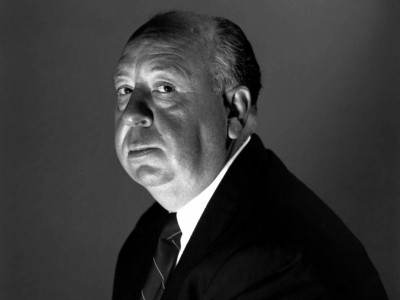
Under Capricorn
Screening on Film
With Ingrid Bergman, Joseph Cotton, Michael Wilding.
US, 1949, 35mm, color, 117 min.
It is well known that some of Hitchcock’s films take place all but entirely in a single confined space: Rope, Rear Window, Lifeboat. By working within this self-imposed limit Hitchcock showed that shifts from one space to another, all too easy in film and on which almost all narrative films depend, are hardly a necessity. Another limit in film is a material one, the length of a roll of film. There can be no shot longer than eleven minutes. It is clear that the staging of many of the scenes in Under Capricorn was conceived of in relation to this limit, in fact working backwards from it. The action in these scenes—the dialogue and how it is delivered, the movements of the actors, the rhythms they all create—was composed to accord with a length of time close to the maximum that a roll of film allowed. This procedure inverts the way scenes in almost all films are shot, where they are built up piece by piece from the elements of classical decoupage—the establishing shot, two-shot, close-ups—to move the story forward without regard for how long each shots lasts. In a scene shot in a continuous take, everything necessary has to happen but nothing beyond. And the execution of the scene is as exacting as its composition. Everything must happen perfectly: how the actors deliver their lines, their expressions, their gestures, how and where they move, how the camera moves. One mistake in the least detail, and there is no alternative but to start over again. You can’t cut around mistakes, you can’t get rid of lines you don’t need or add lines that you do, you can’t go back and shoot pick-ups. The longer the take and the more complicated the movements of the actors and the movements of the camera, the more opportunities for things to go wrong. Not only does everything has to happen perfectly, it has to happen without apparent effort, when in fact the shot is the result of a large number of people making extraordinary efforts, the work of each exactly coordinated with the work of everyone else. For me the sustained perfection of the long takes in Under Capricorn inspires awe. – Morgan Fisher







